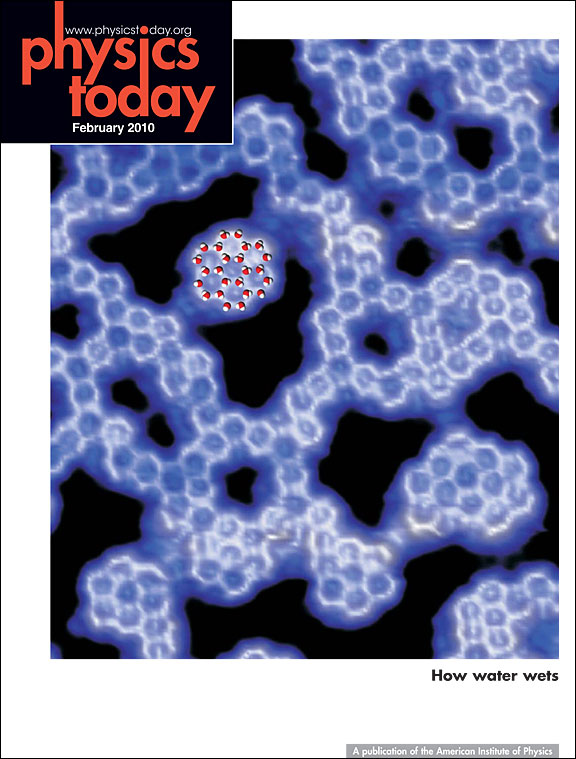Water wetting on surfaces (past)
Water wetting on surfaces (past project)

Water is the most abundant material on earth. Therefore, water-solid interfaces play an important role in different areas of science and technology, such as catalysis, electrochemistry or atmospheric science. Although much effort has been devoted to deciphering the nature of the first layer of water molecules on surfaces, the structure is not well understood. We contributed to that by identifying the structure of water on atomically smooth surfaces at the molecular level using low temperature scanning probe microscopy.
Selected publications:
- Water at surfaces and interfaces: from molecules to ice and bulk liquid
T.K. Shimizu, S. Maier, A. Verdaguer, J.-J. Velasco-Velez, M. Salmeron
Progress in Surface Science, 93, 4, 87-107 (2018) - Growth and Structure of the First Layers of Ice on Ru(0001) and Pt(111)
S. Maier, B.J. Lechner, Gabor A. Somorjai, M. Salmeron
J. Am. Chem. Soc. 138 (9), 3145–3151 (2016) - How does water wet a surface ?
S. Maier*, M. Salmeron
Accounts of Chemical Research, 48, 2783−2790 (2015) - Unveiling the mechanism of water partial dissociation on Ru(0001)
S. Maier, I. Stass, I. Cerda, M. Salmeron
Phys. Rev. Lett. 112, 126101 (2014)